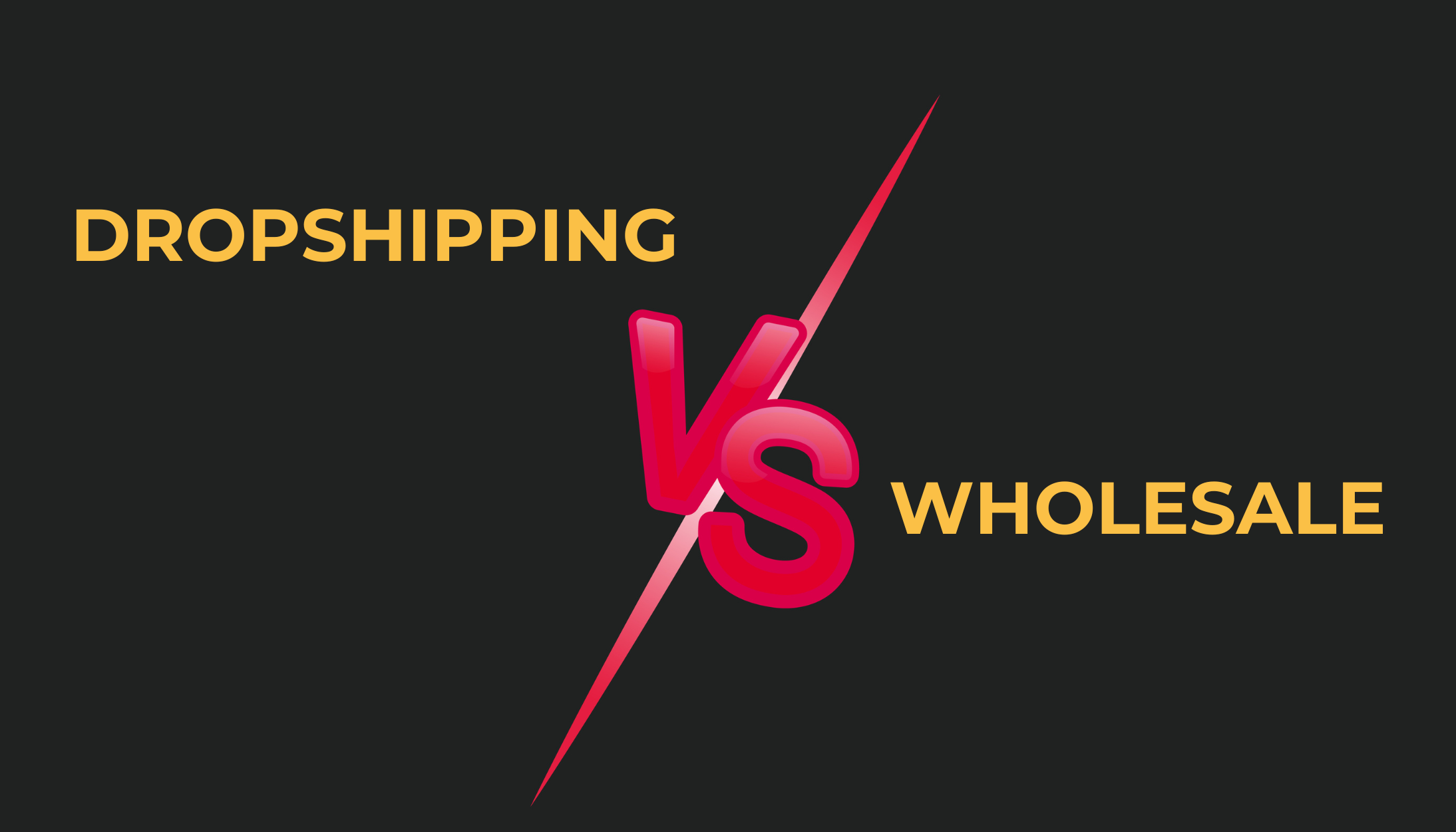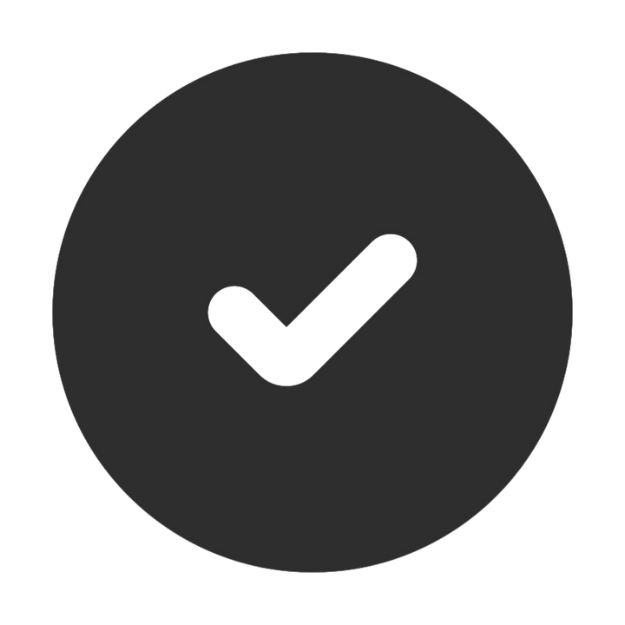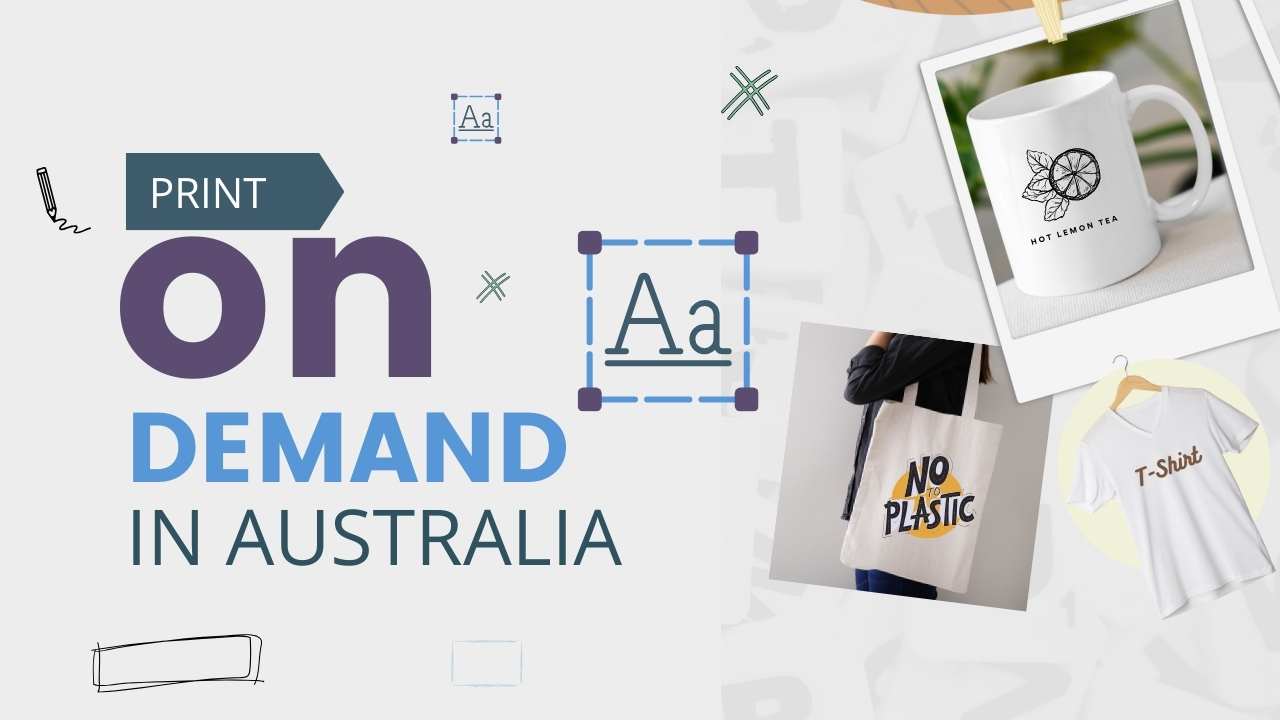Table of Contents
Introduction
Dropshipping vs. wholesale is a crucial consideration for any aspiring ecommerce entrepreneur. Understanding these two business models can help you decide which suits your needs best. This blog explores their unique advantages and challenges, providing detailed insights to guide your decision.Dropshipping vs. Wholesale: The Basics
Dropshipping and wholesale are popular ecommerce models. In dropshipping, you sell products without holding inventory. Instead, suppliers ship directly to customers. Wholesale involves purchasing products in bulk, storing them, and selling them to customers.How Does Dropshipping Work?
Dropshipping is entirely online. You find products on platforms like AliExpress, import them to your store using dropshipping apps, and list them for sale. When a customer buys a product, you order it from the supplier, who ships it directly to the customer. This model minimizes your investment risk and eliminates the need for inventory management. Additionally, dropshipping allows you to offer a diverse product range without worrying about storage space, making it ideal for testing new markets and trends quickly.How Does Wholesale Work?
Wholesale involves buying products in bulk from suppliers at lower prices. You manage the inventory, ensuring quality control and storage. Products can be sourced from suppliers locally or internationally, often requiring a minimum order quantity. This model allows for higher profit margins but requires significant upfront investment and inventory management. Wholesale purchasing enables better control over product quality, and you can offer faster shipping times to your customers. However, it also requires efficient inventory management to avoid overstocking and related costs.Main Differences Between Dropshipping and Wholesale
1.Inventory Management- Dropshipping: No need to manage inventory. Suppliers handle storage and shipping. This allows you to focus more on marketing and customer service, but you have less control over product quality and shipping times.To know more about suppliers read this blog “Best dropshipping suppliers“.
- Wholesale: You manage inventory, which allows for quality control and personalized packaging. This gives you more control but requires space and resources for storage. Efficient inventory management is crucial to avoid overstocking and potential losses.
- Dropshipping: Lower initial investment. You only purchase products after making a sale, making it easier to manage cash flow. This model is ideal for new entrepreneurs or those with limited capital.
- Wholesale: Higher initial costs due to bulk purchasing and storage needs. You must buy large quantities upfront, which can be risky if products don’t sell quickly. However, bulk purchasing often results in lower per-unit costs, increasing profit margins.
- Dropshipping: Lower profit margins due to supplier fees and shipping costs. While the initial investment is low, the per-sale earnings are also lower.
- Wholesale: Higher profit margins because of lower per-unit costs. By purchasing in bulk, you can negotiate better prices and keep more profit per sale.
- Dropshipping: Limited control over product quality and shipping times. Since you don’t handle the products, you rely on suppliers to meet your standards and deadlines.
- Wholesale: Full control over inventory, packaging, and branding. This allows for a more personalized customer experience and better quality assurance.
- Dropshipping: Easily scalable. Adding new products doesn’t require additional storage, making it simple to expand your product range quickly. This flexibility allows you to adapt to market changes and trends efficiently.
- Wholesale: Scalability is limited by storage space and upfront capital. Expanding requires more investment in inventory and storage solutions. However, established wholesale operations can leverage their buying power for better supplier deals.
Pros and Cons
Dropshipping Pros- Minimal startup costs
- Wide product selection
- No inventory management
- Quick setup and flexibility to adapt to market changes
- Lower profit margins
- Reliance on suppliers for quality and shipping
- Limited branding opportunities
- Potentially longer shipping times, impacting customer satisfaction
- Higher profit margins
- Full control over inventory and quality
- Better branding and packaging options
- Faster shipping times, improving customer satisfaction
- High initial investment
- Risk of overstocking
- Additional overhead costs
- Requires more management and resources
Questions to Ask Before Choosing
- Control Needs: Do you need control over product quality and branding? If so, wholesale might be better.
- Customer Experience: How important is customer satisfaction and quick shipping? Wholesale allows better control over these factors.
- Startup Budget: What is your available capital for starting the business? Dropshipping is better for low budgets.
- Sales Channels: Are you selling online only, or do you have a physical store? Wholesale can cater to both, while dropshipping is primarily online.
- Growth Plans: How do you plan to scale your business? Dropshipping scales easily, while wholesale requires more resources for expansion.



 Free dropshipping
Free dropshipping



